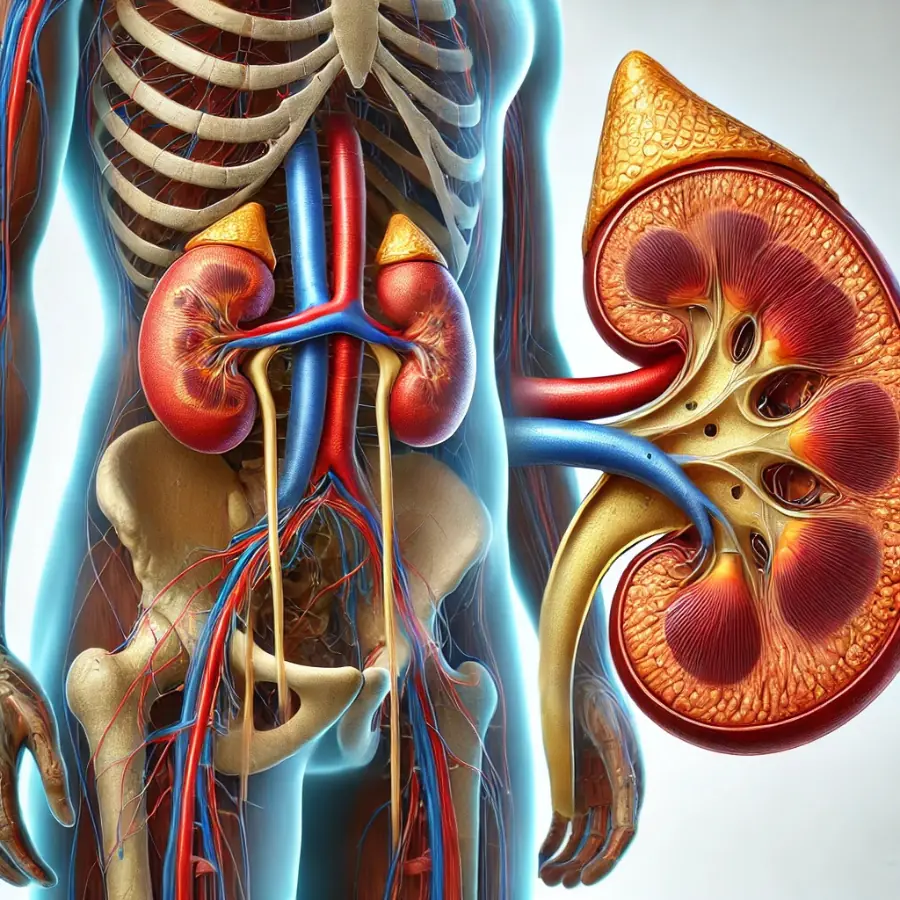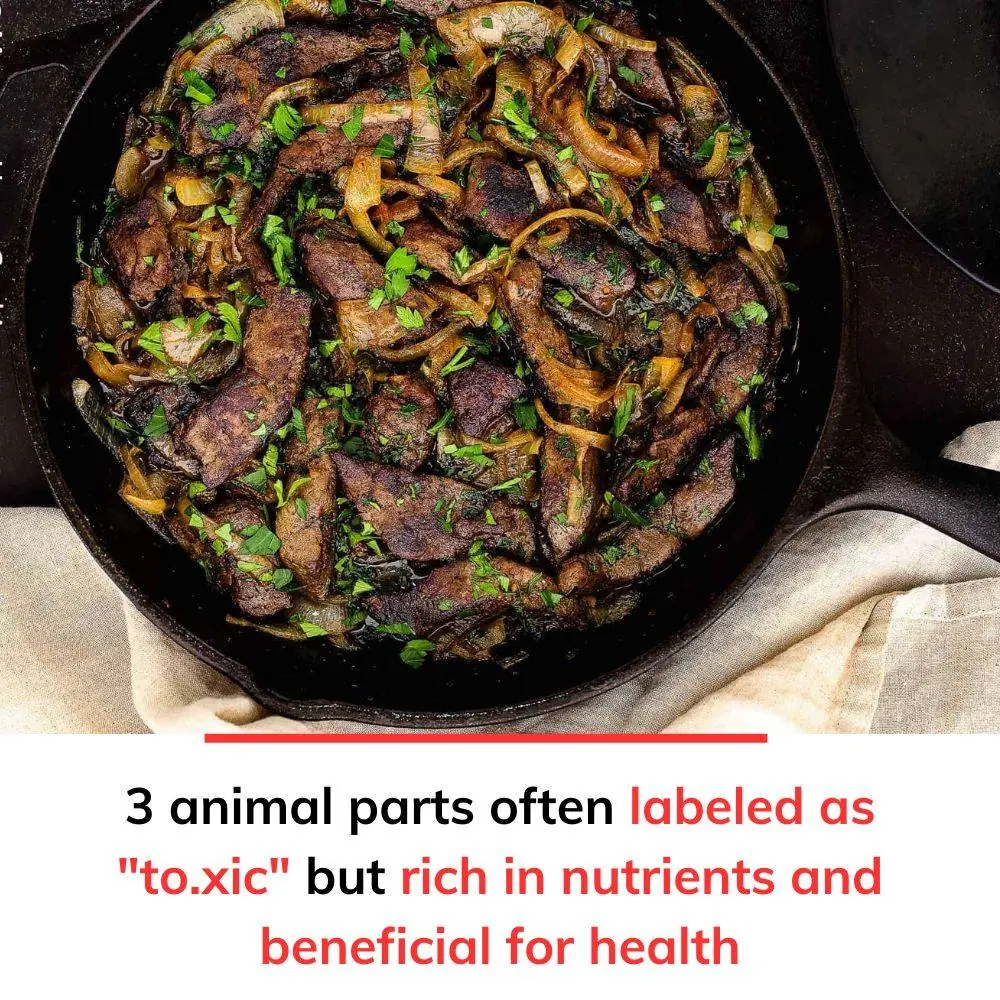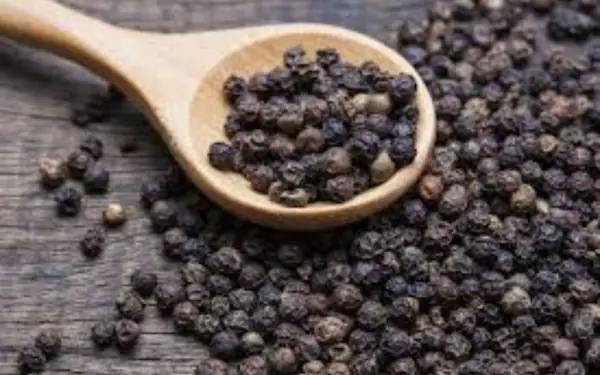
3 Animal Parts Often Labeled as "Toxic" but Rich in Nutrients and Beneficial for Health
3 Animal Parts Often Labeled as "Toxic" but Rich in Nutrients and Beneficial for Health
Many people fear consuming these three parts of animals, but they are actually nutrient powerhouses with significant health benefits. As long as they are prepared and consumed properly, they won't harm your health.

1. Animal Liver
There’s a common belief that animal liver, being a detoxification organ, contains excessive toxins and heavy metals, making it unsuitable for consumption.
So, does the liver truly accumulate toxins and heavy metals?
The liver and kidneys help metabolize harmful substances like drugs and heavy metals, but this doesn’t mean they store these toxins. You can safely eat animal liver and organs as long as the animals are healthy.
Nutritionally, the liver is rich in protein, iron, and B vitamins. It is also one of the best animal-based sources of vitamin A. For instance, a single serving of beef liver provides more than 100% of your daily vitamin A requirement. Adequate vitamin A intake is associated with reduced risks of conditions like cataracts and breast cancer.
The liver also supplies other nutrients, including vitamins C and K, potassium, phosphorus, copper, and iron. Eating liver can help prevent anemia, improve bone health, enhance energy levels, and support brain function and mood.
However, overconsumption of liver may raise cholesterol and uric acid levels. It is recommended to consume it in moderation: healthy individuals should eat it once or twice a month, with servings of 50–100 grams. Those with high cholesterol or uric acid levels should limit their intake of liver and other organ meats.
2. Duck Blood
Some claim that duck blood is the "waste" in animal blood vessels.
Firstly, animal blood vessels do not contain waste or toxins but only cellular metabolic by-products. These by-products are transported via the bloodstream to the liver and kidneys, where they are filtered or metabolized into other compounds. Thus, these substances are usually not present in significant amounts in blood.
Duck blood is a rich source of protein, iron, phosphorus, sodium, and more. Consuming duck blood can help prevent anemia.
However, when consuming duck blood products, avoid eating raw or undercooked versions, especially from sick animals. It is best to cook or steam it thoroughly. Excessive consumption of duck blood can lead to an overload of iron in the body, which might deposit in organs. Therefore, moderation is key, with 50–100 grams per serving being a suitable amount.
3. Fish Heads and Skin
There are concerns that fish heads and skin accumulate higher levels of mercury, equating their consumption to ingesting "toxins."
In reality, mercury contamination in fish is not confined to the head or skin; it can be present in all parts of the fish. However, you can minimize risks by choosing fish with lower mercury levels, such as smaller fish or those raised in clean ponds.
Moreover, fish heads and skin are not consumed in large quantities compared to fish meat, so concerns about mercury accumulation are less significant.
Fish heads are nutrient-dense, containing high levels of protein, calcium, phosphorus, iron, vitamin B1, polyunsaturated fatty acids, phospholipids, and other nutrients. However, they are also high in cholesterol, so intake should be monitored. Fish skin is rich in protein and collagen, which are beneficial for skin health and overall wellness.
One part of fish to avoid is the gallbladder. Fish gallbladders contain large amounts of bile salts, toxins, and histamine. Ingesting them can lead to kidney failure, liver issues, or even life-threatening conditions.
Conclusion:
These three parts—liver, duck blood, and fish heads/skin—are highly nutritious and beneficial when eaten correctly and in moderation. Choose quality sources and follow proper cooking practices to maximize their health benefits.
News in the same category


Drinking coffee at this time of day may reduce the risk of de.ath

6 signs on the skin warn of diabetes, absolutely do not ignore

Simple signs to immediately recognize leukemia that you may never notice

6 warning signs of early stage stomach c.a.ncer, need to pay attention

Save these familiar and cheap fruits that cool the li.ver and detoxify effectively

Every morning when you wake up, you will see these 5 signs, proving that your kidneys are completely healthy

If your t.o.ngue is yellow, be careful with these 5 diseases

The power of medicine from Radish is good for bones and joints

5 medicinal herbs in the kitchen and garden that everyone has, effective in treating back pain

Ginger is good for health but people with these 6 diseases should not eat it

Everyone is afraid of ca.nc.er, but ca.nc.er is "extremely afraid" of these 4 foods

Be careful when eating these vegetables

This Affordable "Vegetable" Has More Protein Than Beef

The Spice Found in Every Kitchen

3 Types of People Who Should Avoid Eating Balut

3 Animal Parts Often Labeled as "Toxic" but Rich in Nutrients and Beneficial for Health

Bean Sprouts Are Not for Everyone

Pay attention to your health
News Post

12 Bad Habits That Damage Your K.i.d.neys – Are You Guilty of These?

Drinking coffee at this time of day may reduce the risk of de.ath

6 signs on the skin warn of diabetes, absolutely do not ignore

Simple signs to immediately recognize leukemia that you may never notice

6 warning signs of early stage stomach c.a.ncer, need to pay attention

Save these familiar and cheap fruits that cool the li.ver and detoxify effectively

Every morning when you wake up, you will see these 5 signs, proving that your kidneys are completely healthy

If your t.o.ngue is yellow, be careful with these 5 diseases

The power of medicine from Radish is good for bones and joints

5 medicinal herbs in the kitchen and garden that everyone has, effective in treating back pain

5 other uses, it's a waste if you don't know

Ginger is good for health but people with these 6 diseases should not eat it

6 simple steps to wash shoes in the washing machine clean

Everyone is afraid of ca.nc.er, but ca.nc.er is "extremely afraid" of these 4 foods

Keeping these 4 things on your bedside table can easily cause insomnia and hair loss

When boiling chicken, should it be placed face down or upside down

How to dry clothes quickly and keep them fragrant on cold, rainy days

Be careful when eating these vegetables

If you hear the sounds of these animals in your house, you should be careful
